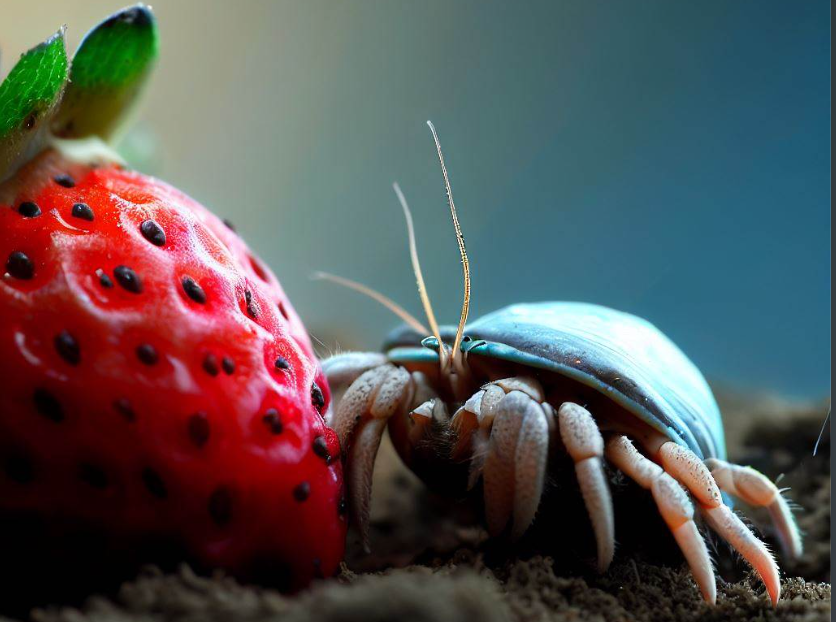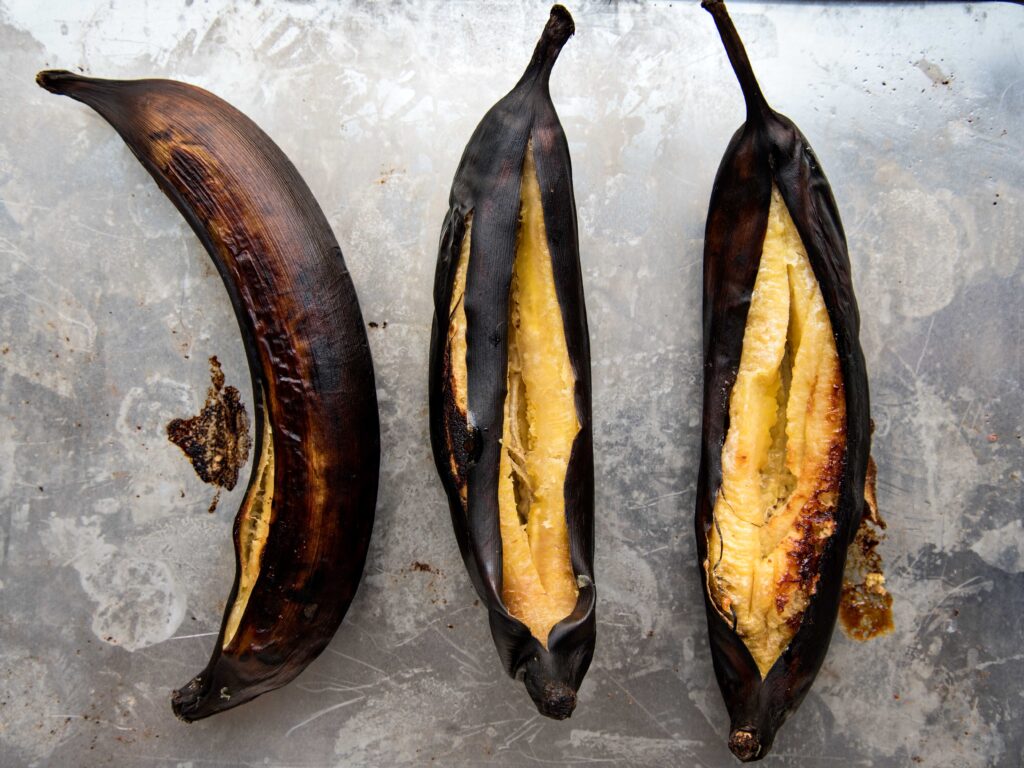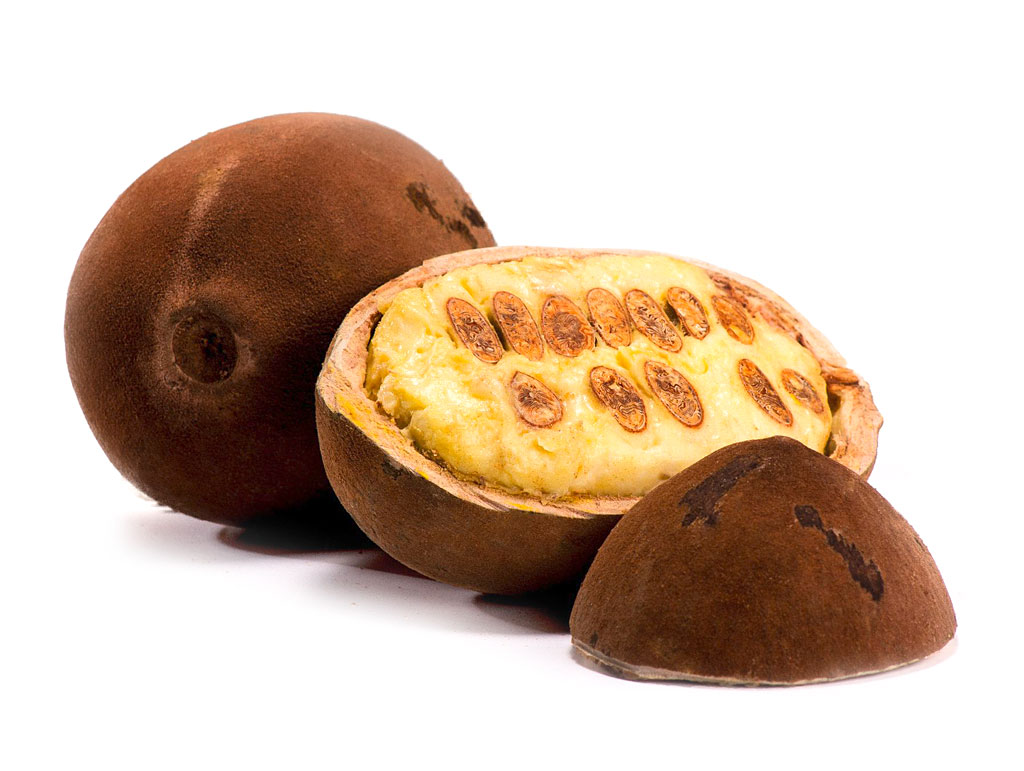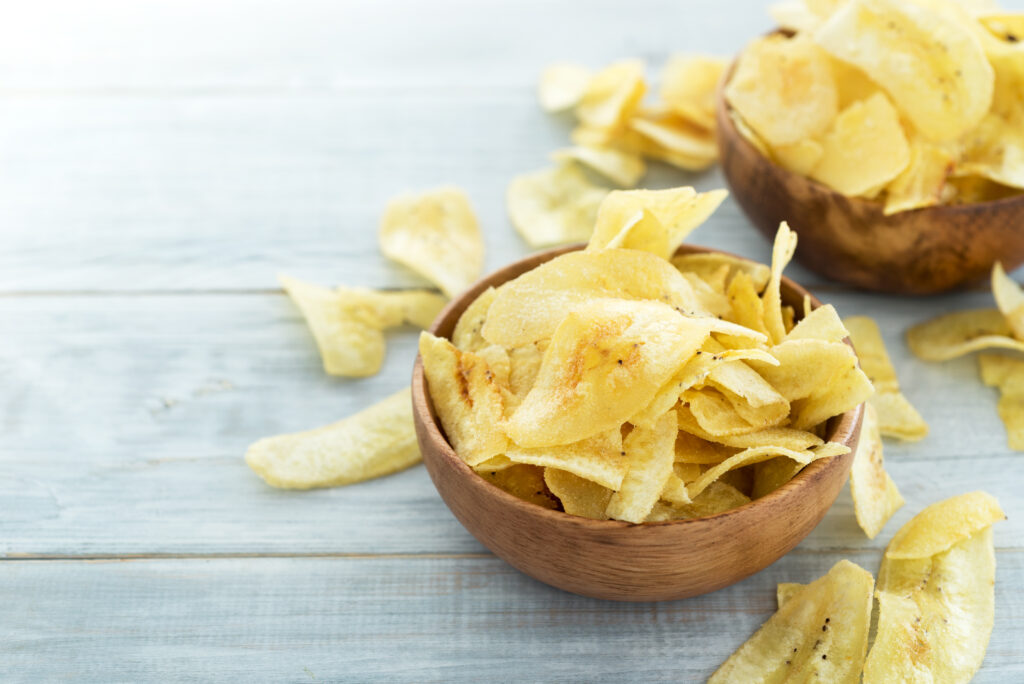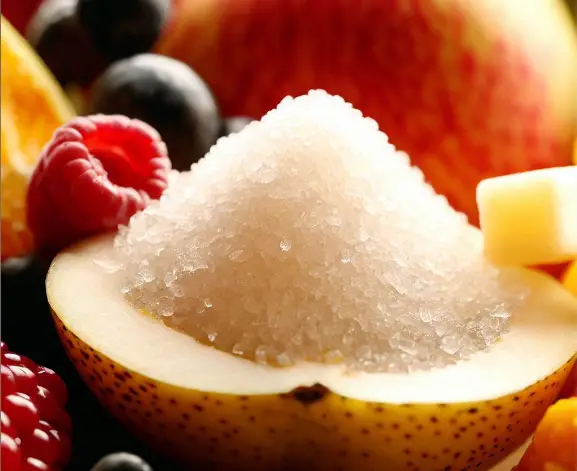When organic materials like banana peels break down into simpler parts, this is called decomposition. Tiny living things like bacteria and fungi help with this. Decomposition is good for the Earth because it recycles things and keeps nature balanced.
It’s good to know how long it takes for banana peels to break down because it helps us throw them away better and make smarter choices.
Table of Contents
- What’s in a Banana Peel?
- What Makes Banana Peels Break Down Quicker or Slower?
- How Do Banana Peels Break Down?
- How Much Time Does a Banana Peel Need to Decompose?
- Are Banana Peels Biodegradable?
- Does Temperature Affect How Fast Banana Peels Break Down?
- Can You Recycle Banana Peels?
- How Do Different Places Affect Banana Peel Breakdown?
- What Can You Do to Make Banana Peels Break Down Faster?
- How Banana Peel Composting Helps the Soil
- Wrapping It Up
What’s in a Banana Peel?
Banana peels are made up of things like cellulose, hemicellulose, and lignin. These things make the peel strong and give it a fiber-like feel. Banana peels also have important stuff like potassium, which is good for making compost and other things.
What Makes Banana Peels Break Down Quicker or Slower?
Many things can change how quickly a banana peel breaks down. If it’s warm and wet, peels will break down fast. But if it’s cold and dry, it will take longer. The thickness of the peel can also make a difference. Thinner peels usually break down faster than thick ones.
How Do Banana Peels Break Down?
The way banana peels break down starts with tiny things called microorganisms and stuff called enzymes. These help change the peel into compost over time. This compost can help plants grow better by making the soil richer.
How Much Time Does a Banana Peel Need to Decompose?
How quickly a banana peel decomposes can change depending on the weather and other things. If it’s the right temperature (68-86°F or 20-30°C) and there’s a lot of moisture, it only takes a few weeks. But if it’s colder, drier, or there’s not enough air, it could take months or even years.
Are Banana Peels Biodegradable?
Yes, banana peels can break down naturally and don’t harm the environment. This is unlike things like plastic that don’t break down easily and can pollute the Earth. Banana peels return to nature and add nutrients back without leaving bad stuff behind.
Does Temperature Affect How Fast Banana Peels Break Down?
Temperature is very important. Warmer temperatures make tiny creatures that break down the peels work faster. If you want to speed up the process, you can make your compost pile warmer. This method is called hot composting. Cold composting is slower and works at normal temperatures. You can pick which way you want to compost depending on what you need.
Can You Recycle Banana Peels?
Banana peels can be recycled differently than things like plastic or metal. Some places have composting centers that can turn banana peels into compost. If you don’t live near one of these centers, you can still make compost at home with a compost bin or by using worms, which is very good for the Earth.
How Do Different Places Affect Banana Peel Breakdown?
Banana peels break down at different speeds depending on where they are thrown away. If they are in nature, they usually break down fast because there are lots of tiny living things to help. But in a landfill, where there’s not much air and fewer tiny creatures, it takes a lot longer. Composting centers are made to break things down fast and make good compost.
What Can You Do to Make Banana Peels Break Down Faster?
Here are some tips to help banana peels break down quicker:
- Cut the peels into smaller pieces: Smaller pieces mean there’s more for the tiny creatures to work on, so the peels break down faster.
- Add different organic materials: To make compost more effective, include a range of organic stuff like leaves, grass, or leftovers from vegetables. This mix gives the compost various nutrients and helps it break down faster.
- Keep the compost moist: Your compost should be as wet as a squeezed sponge. When it’s moist like that, tiny organisms can do their job and break down the compost.
- Let air in: You should turn over or stir your compost often. This lets air in and stops chunks from forming that can slow down the process as everything breaks down.
- Try compost helpers: You can also use special helpers called compost activators or accelerators. They add good bacteria and special helpers called enzymes that make the compost break down even quicker.
Follow these hints, and you can make banana peels break down quicker when you compost, saving you time and making your garden happy.
How Banana Peel Composting Helps the Soil
When banana peels rot, it’s good for the soil.
As the peels break apart, they give the soil important stuff like potassium, phosphorus, and nitrogen. These nutrients help plants grow, keep the tiny organisms in the soil healthy, and make the soil better for growing things. Banana peels also make the soil better at holding water and give roots a nice place to live.
If you turn banana peels into compost and mix it with your garden soil or in pots, you’ll feed your plants in a way that’s good for the earth. It’s a natural, green way to keep the soil rich and healthy.
Wrapping It Up
The time it takes for banana peels to decompose varies. It can take from a few weeks to a couple of months, depending on how thick the peel is, the weather, and the tricks you use when you compost.
Even though banana skins break down well, they’re not just useful for making compost. People also use them for skin care, cleaning, and looking after plants. It’s very important to throw banana peels away the right way. This reduces the negative effects they have on the environment and helps in managing waste better.
By learning about how banana peels rot and making smart choices in how we get rid of them, we can cut down on waste, help recycling efforts, and take better care of our planet.
